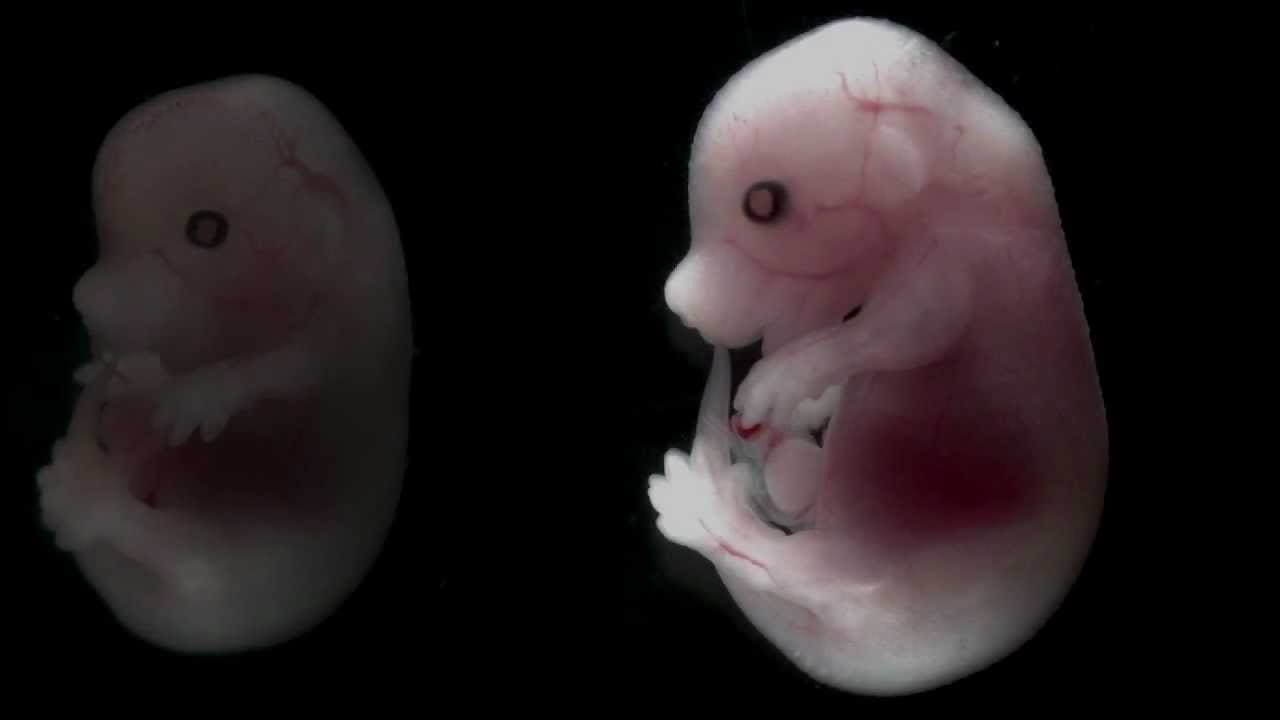The Quadrantid meteor shower, one of the most anticipated astronomical events of the year, is set to illuminate the night skies with its breathtaking display of shooting stars. This annual phenomenon, which typically peaks in early January, is characterized by its bright fireballs and high meteor rates, making it a favorite among both amateur and seasoned astronomers. This year, New Yorkers are particularly fortunate, as conditions appear favorable for viewing the spectacle.
The Quadrantids originate from the asteroid 2003 EH1, which is believed to be a fragment of a comet. As Earth passes through the debris trail left by this celestial body, particles enter the atmosphere at high speeds, creating the stunning visual effects that we associate with meteor showers. The Quadrantids are known for their intense bursts of activity, with the potential for over 100 meteors per hour during peak times. This makes them one of the most prolific meteor showers of the year.
For those in New York, the Quadrantid meteor shower is expected to peak on the night of January 3rd into the early hours of January 4th. During this time, skywatchers can anticipate a dazzling display, provided the weather permits. The ideal conditions for viewing include a clear, dark sky away from city lights, which can obscure the visibility of meteors. New Yorkers are encouraged to find a suitable viewing location, such as parks or open spaces, where they can enjoy an unobstructed view of the night sky.
In addition to the sheer number of meteors, the Quadrantids are notable for their brightness. Many of the meteors are classified as fireballs, which are larger and brighter than typical meteors. Fireballs can leave a lasting impression as they streak across the sky, often illuminating the surroundings for a brief moment. This year, the moon’s phase is also favorable, as it will be a waning crescent, providing minimal interference from moonlight and enhancing visibility.
To maximize the viewing experience, it is advisable for enthusiasts to prepare ahead of time. Finding a comfortable spot, bringing blankets or reclining chairs, and dressing warmly will enhance the enjoyment of the event. Additionally, allowing time for the eyes to adjust to the darkness is crucial, as it can take approximately 20 minutes for the human eye to fully adapt to low-light conditions. Once adjusted, observers should lie back and gaze upwards, scanning the sky for the bright streaks of light that will mark the meteor shower.
The Quadrantid meteor shower is not only a visual spectacle but also serves as a reminder of the dynamic nature of our solar system. Each meteor represents a tiny fragment of space, burning up in our atmosphere as it travels at incredible speeds. This event offers a glimpse into the ongoing processes that shape our universe, highlighting the intersection of science and natural beauty.
In the days leading up to the peak, local astronomy clubs and organizations may host viewing events, providing opportunities for the public to engage with experts and learn more about meteor showers and celestial phenomena. These gatherings can enrich the experience, as participants share their enthusiasm for stargazing and astronomy.
As the Quadrantids approach, excitement builds among stargazers and casual observers alike. The chance to witness a meteor shower is an opportunity to connect with the cosmos and appreciate the wonders of the universe. For New Yorkers, this year’s Quadrantid meteor shower promises to be a memorable event, with the potential for a spectacular display of shooting stars lighting up the winter sky.
In summary, the Quadrantid meteor shower is poised to offer an incredible viewing experience for those in New York. With the right conditions and preparation, residents can look forward to a night filled with dazzling fireballs and the thrill of witnessing one of nature’s most awe-inspiring events. As the night unfolds, it is a reminder of the beauty and mystery that lies beyond our planet, inviting everyone to take a moment to gaze upward and marvel at the universe.



